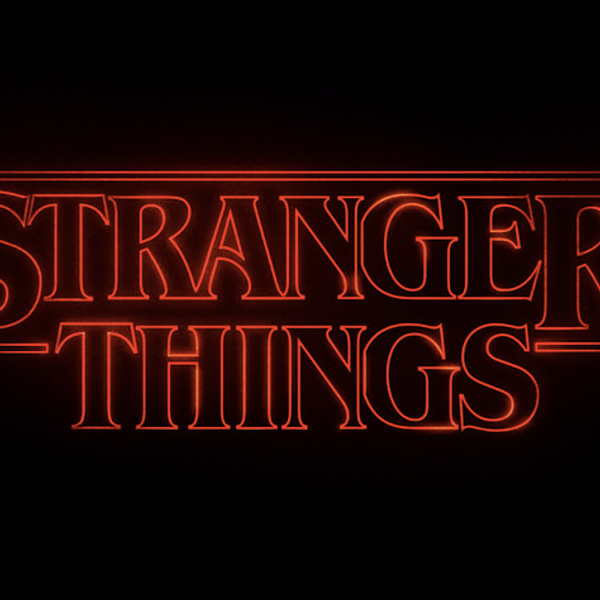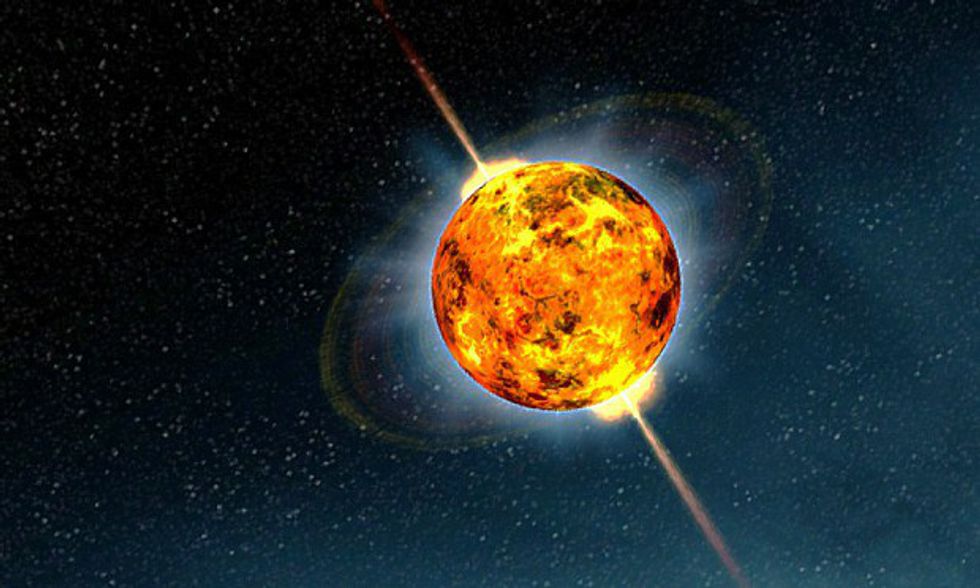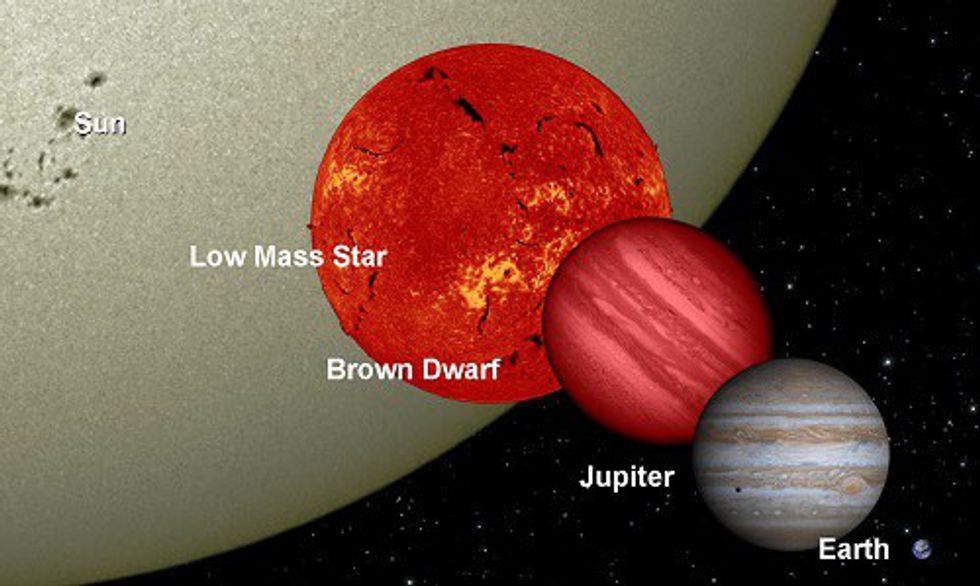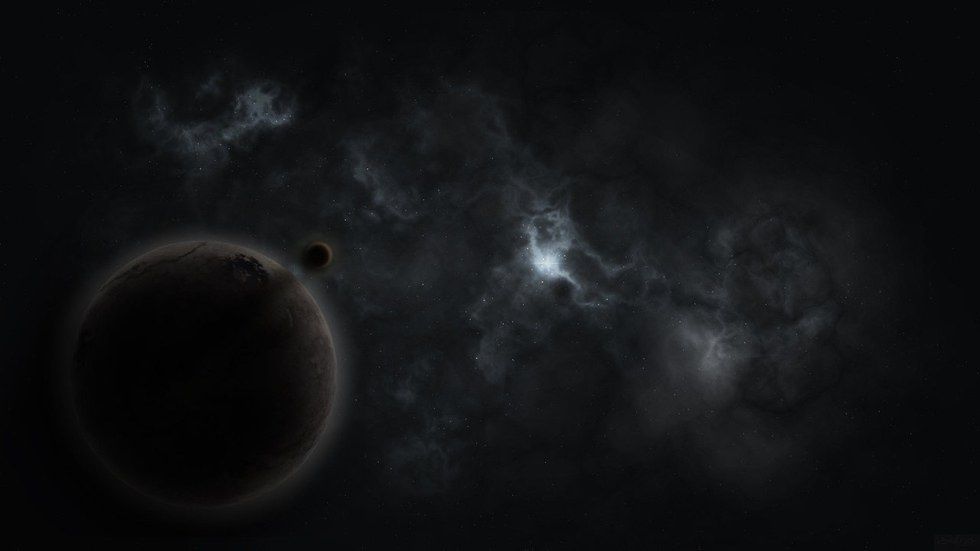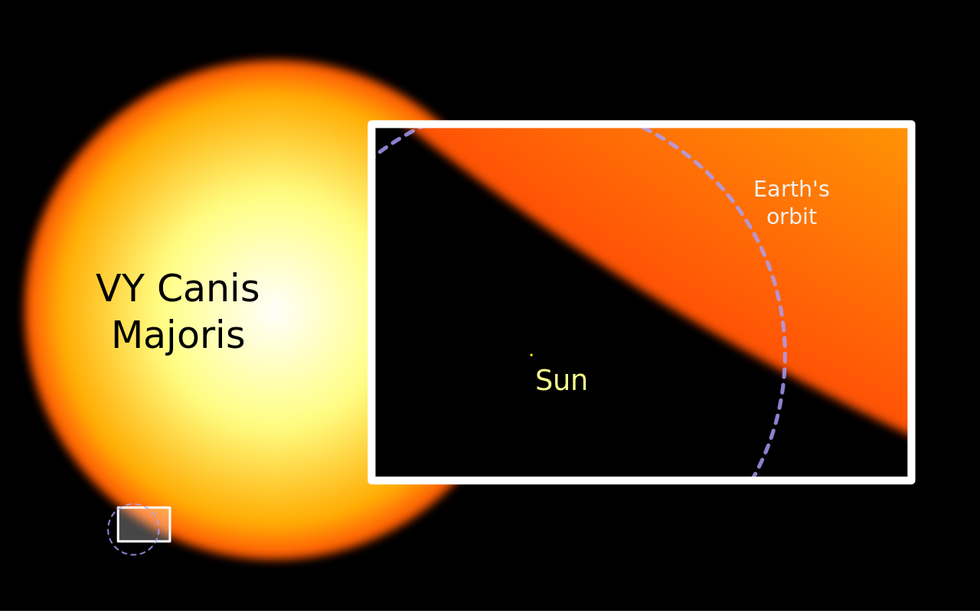Astronomy is a very interesting concept to delve into. Despite the occasional existential dread, it's really a good thing to get into, to know more about the universe you live in. I've been interested in such things since I was young, always watching documentaries and reading books seeing what other things I could find. I've learned quite a lot of things, and one thing I've noticed is that there are a lot of not well-known and greatly underappreciated things in the universe that more people should know about. Notably there are many different types and forms of celestial objects (e.x. stars, planets, asteroids) that I think would be of interest to many. For that reason, I decided to present some of them to you here.
1. All water planets
If you have thalassophobia, the fear of large bodies of water, this will take that fear to a whole other level.
Imagine a planet roughly the size of earth, probably a bit bigger. Imagine that planet has a large, vast ocean on it. But imagine that this ocean never stops. It covers the entire surface of the planet, and there is not a single continent or island or any land mass that is above the surface of this ocean. Also imagine that this ocean is hundreds of miles deep, and the atmosphere is composed mostly of a thick layer of hot, dense steam. Now you have imagined an ocean planet, or a waterworld as some people call it.
Although too far away to directly observe, many scientists strongly believe that these planets do exist. The planets Gliese 436 b, Kepler-62e and Kepler-62f are all thought to be just like this. They are several hundred light years away though, so with our current technology we are unable to go and check to see if it's correct. But we have enough proof for many astrologists to be confident of this belief. Some even think that the planets might be host to all sorts of interesting and unknown aquatic life forms.
2. Neutron stars – the densest thing in the universe
This is one of the more well-known one, but regardless these still have a lot of amazing properties.
Stars go through different phases over their entire lifetime. They originate from stars that are around 10 solar masses, or around 10 times the mass of our sun. After the star converts all of its hydrogen into heavier elements, the inward pressure of gravity becomes stronger than the outward force from the core, so it explodes in an extremely enormous explosion known as a supernova. After that, if the remaining core is large enough (more than three solar masses) it turns into the well-known black hole. But if it's smaller, the core contracts and becomes a neutron star.
The remarkable thing about these stars is their unbelievably high density. It still has around two or three solar masses, but all of that is condensed into a ball with a 10 mile diameter. That's a density of about 10^17 kilograms per cubic meter, which is like taking every single human on earth into an area the size of a standard cube-shaped playing dice. This is incredibly high, and thus these stars have some interesting properties. The protons and electrons are packed so tightly that they fuse to form tightly-packed neutrons, which is where the name comes from. Also, whereas the earth rotates only one time every 24 hours, a neutron star rotates 40,000 times in one minute. So aside from the devastating beams of radiation that can shoot from the poles (pulsars) and the powerful magnetic fields that will rip you apart upon approaching one, neutron stars are very awesome and unique!
3. Brown dwarfs – the stars that are cool enough to land on
One of the notable things about stars is their high surface temperature. Stars can get as hot as tens of thousands of degrees. Our own sun even has a surface temperature of just under 10,000 degrees Fahrenheit. These objects are much too hot for any of our current technology to get close enough to study directly. But what if that was different? What if the temperature was low enough for it to sustain an atmosphere and have a definite surface?
That's exactly the case with a brown dwarf. Technically speaking, a brown dwarf is it's own type of celestial body. It is something that has much more mass than what would be considered a planet, but not enough mass to meet all of the qualifications of a star. Some people consider brown dwarfs to be 'failed stars' because they exhibit some of the properties of planets and stars. They still emit low-level radiation and form in the same way stars do, but the mass isn't large enough to start the nuclear fusion in the core required for the high temperatures at the surface. Because of this, the coolest of the four classes of brown dwarfs, Y-class brown dwarfs, can have a temperature of around 80 degrees.
There are a wide range of types of brown dwarfs, the coldest being about the temperature of the north pole, and the warmest being about the temperature of Venus. Regardless, some have temperatures that are theoretically feasible for sending probes to, possibly even a manned spacecraft. But it doesn't look like that will happen any time soon; the closest brown dwarfs are roughly seven lightyears away, and the coolest ones often have thick, dense, gaseous atmospheres similar to those on Jupiter, and are difficult to permeate very far given our current technology.
4. Rogue planets – the homeless wanderers of the cosmos
Rogue planets, otherwise known as interstellar planets or orphan planets, can be quite sad to think about. These are planets that have been ripped away from their parent stars and no longer orbit any star, instead wandering throughout the universe without the gravitational influence of a star to keep it in line.
These planets have been ripped from their natural planetary orbit, whether it be from interactions with those of other planets, or other high-mass celestial objects, like black holes, that come close enough to a solar system to disrupt the natural gravitational forces and fling the planets in all directions. Either way, the result is a planet losing contact with its star, and traveling through space at high velocities--up to a few percent of the speed of light, even.
Since its not close enough to its parent star, and often not close enough to any other star to receive its heat, rogue planets are often cold and desolate. Because of this, it's unlikely that any of these planets would sustain life as we know it. But it is still possible, as some organisms can live through a process known as chemosynthesis. This is where organisms, mostly bacteria, use chemicals from the planet to produce their energy rather than sunlight. This is how many fish and other small organisms survive at extremely low depths where the sunlight doesn't touch them. So it is theoretically possible for them to still maintain life.
5. The star that is one billion times bigger than our own
The sun would definitely be considered large by human standards; after all, it is 1.2 million times bigger than the earth itself, and it even accounts for more than 99 percent of the mass of the solar system. But on the scale of the entire universe, it's actually not that big. Meet VY Canis Majoris, the star that is 1 billion times bigger than our own sun.
VY Canis Majoris is a star in the Canis Major constellation aptly categorized as a red hypergiant. About 5,000 lightyears from earth, this star has a diameter of about 1.7 billion miles, which makes the sun, at only about 864 thousand miles in diameter, seem extremely small. There are some consequences to it's large size. Since its so large, it's also very cool--cooler than our sun even, where our sun is a few thousand degrees hotter. It also has a much shorter lifespan, at about a few hundred million year. Additionally, VY Canis Majoris only has around 100,000 years left, compared to the estimated 5 billion years left for our sun.
When VY Canis Majoris comes to the end of its lifespan, many scientists believe that it will explode in an event known as a hypernova. It has 100 times the power of a regular supernova, and will devastate anything in the surrounding area. It's a very good thing that our own sun is not this big; if it were, not only would the star itself reach as far out as Saturn, but the resulting hypernova would decimate everything in the solar system, and then some!
Below are several links to pages with much more informatiom on the topics I discussed in this article. If you liked this article, keep checking back, as I plan to do more like this one in the future.
Sources/links:
http://www.fearof.net/fear-of-the-ocean-phobia-tha...
https://www.reddit.com/r/thalassophobia/
https://en.wikipedia.org/wiki/Ocean_planet
http://gizmodo.com/5887003/hubble-discovers-a-new-...
http://www.space.com/20728-new-alien-planets-ocean...
http://www.space.com/24142-kepler-62f.html
http://www.wired.co.uk/article/exoplanet-waterworl...
http://www.solstation.com/planets/water-worlds.htm
http://www.dailygalaxy.com/my_weblog/2013/12/two-a...
https://www.spacetelescope.org/news/heic1204/
--
http://astronomy.swin.edu.au/cosmos/N/Neutron+Star
http://io9.gizmodo.com/5805244/what-would-a-teaspo...
http://science.nationalgeographic.com/science/spac...
http://www.washingtonpost.com/wp-srv/nation/pulsar...
http://astrosun2.astro.cornell.edu/academics/cours...
http://www.chandra.harvard.edu/blog/node/432
https://www.astro.umd.edu/~miller/poster1.html
http://www.space.com/22180-neutron-stars.html
http://www.astro.keele.ac.uk/workx/starlife/Starpa...
http://futurism.com/life-beyond-earth-a-day-on-a-n...
--
http://coolcosmos.ipac.caltech.edu/cosmic_classroo...
http://starchild.gsfc.nasa.gov/docs/StarChild/ques...
http://www.space.com/25659-coldest-brown-dwarf-nea...
http://www.space.com/24467-brown-dwarfs-failed-sta...
http://www.space.com/22659-brown-dwarf-stars-hot-a...
https://weareallinthegutter.wordpress.com/2014/04/...
https://www.sciencedaily.com/releases/2014/01/1401...
http://en.spaceengine.org/forum/10-2758-1
--
http://www.space.com/31731-rogue-planet-biggest-so...
http://blogs.discovermagazine.com/badastronomy/201...
http://phenomena.nationalgeographic.com/2014/03/13...
http://www.universetoday.com/98478/new-rogue-plane...
http://io9.gizmodo.com/astronomers-say-theyve-foun...
http://www.sabrizain.org/startrek/Astrometrics/Rog...
http://blogs.discovermagazine.com/badastronomy/201...
http://www.dailygalaxy.com/my_weblog/2012/03/-warp...
http://www.ibtimes.com/rogue-planets-approach-ligh...
http://www.universetoday.com/116872/planets-could-...
http://oceanexplorer.noaa.gov/facts/photochemo.htm...
--
VY Canis Majoris--Size Comparison
http://coolcosmos.ipac.caltech.edu/ask/5-How-large...
http://www.deepastronomy.com/hypernova-vy-canis-ma...
http://www.universetoday.com/13507/what-is-the-big...
https://en.wikipedia.org/wiki/Canis_Major
http://www.constellation-guide.com/constellation-l...
The Future Of VY Canis Majoris
http://www.mbandf.com/parallel-world/our-sun-is-ex...
http://www.express.co.uk/news/science/610004/Large...


